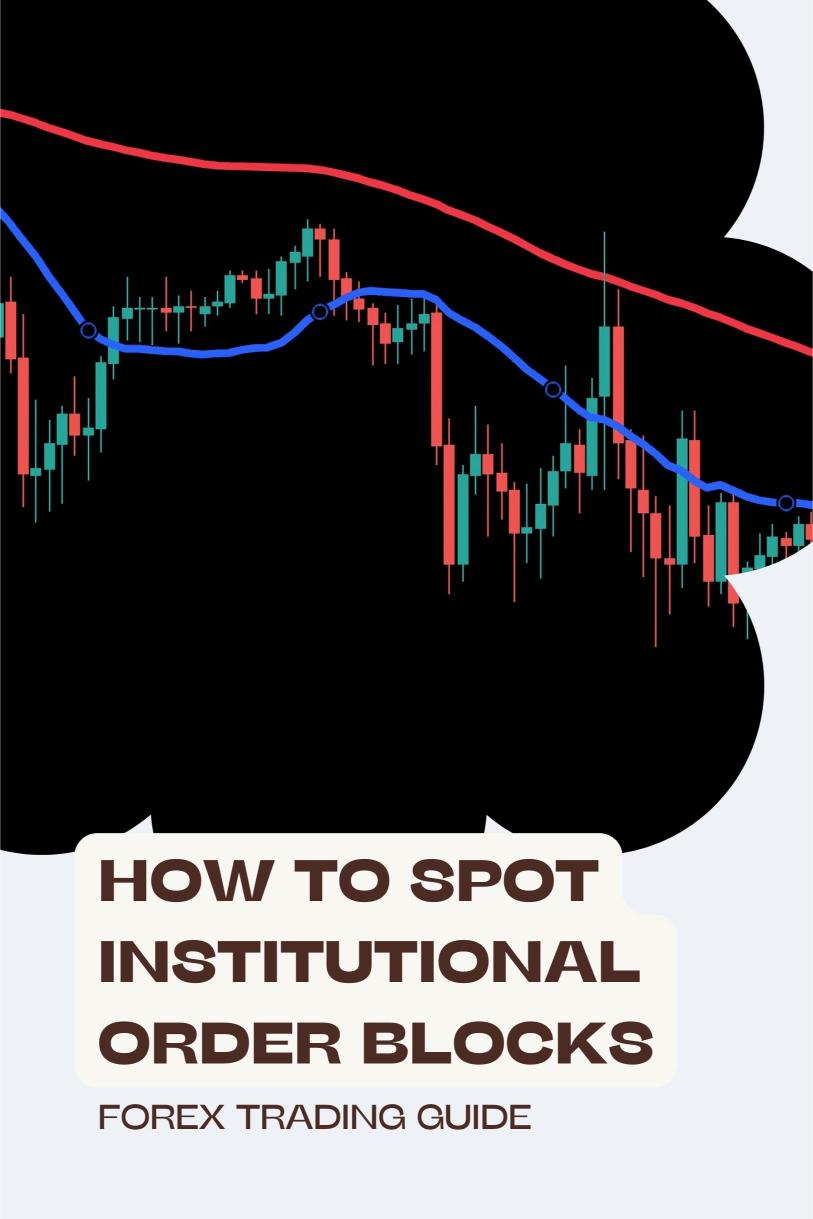Last Updated on February 2, 2025 by Arif Chowdhury
Ever feel like you’re missing the big moves in Forex?
Many traders wonder how to tap into the same strategies that institutional players use to make their profits.
What if I told you that spotting institutional order blocks could give you that edge?
Let’s dive into how to identify these blocks and why they matter.
What Are Institutional Order Blocks?
Institutional order blocks are areas where large institutions place their buy or sell orders.
These blocks indicate where significant market activity has occurred, often leading to strong price movements.
Here’s the scoop:
- Market Influence: Institutions control a large portion of trading volume—over 70% in Forex.
- Support and Resistance: Order blocks often act as key support or resistance levels.
- Smart Money Moves: Understanding these blocks helps you follow the smart money instead of chasing retail trends.
Why Order Blocks Matter
So, why should you care about order blocks?
Here are a few reasons:
- High Probability Entries: Trading near these blocks can increase your winning chances.
- Better Risk Management: Order blocks provide clear levels for stop-loss placement.
- Market Insight: They help you understand where major players are entering or exiting the market.
Statistical Insights
Did you know that about 90% of retail traders lose money in Forex?
Understanding institutional order blocks can help you avoid common pitfalls.
Additionally, studies show that trades executed near these blocks have a higher success rate—often exceeding 70% in favorable conditions.
How to Identify Institutional Order Blocks
Identifying order blocks isn’t as tough as it sounds.
Here’s how you can spot them:
- Look for Consolidation Areas: When price moves sideways before a breakout, it often indicates an order block.
- Volume Analysis: High trading volume during price movements can signal institutional activity.
- Previous Highs and Lows: Significant price levels where the market reversed can indicate where institutions have placed their orders.
- Use Candlestick Patterns: Look for strong bullish or bearish candles that indicate institutional buying or selling.
Practical Steps to Trade Order Blocks
Now that you know how to spot them, how do you trade these blocks?
Here’s a simple guide:
- Identify Key Levels: Draw your support and resistance lines based on previous order blocks.
- Wait for Price Action: Look for confirmation signals, such as a bounce off an order block or a reversal pattern.
- Set Your Entries and Stops: Place your entry just above or below the order block and set a stop-loss outside the block.
Why Not Leverage 24/7 Automation?
I’ve developed 15 sophisticated trading bots that utilize similar principles.
These bots are strategically diversified across major currency pairs like EUR/USD, GBP/USD, USD/CHF, and USD/JPY, targeting long-term trades of 200-350 pips.
Leveraging Technology in Your Trading
Technology can be a game-changer.
Using trading bots can help you automate the identification of order blocks and execute trades based on predefined criteria.
My bots have been backtested for 20 years and consistently perform well, even under volatile conditions.
Choosing the Right Broker
Picking the right broker is essential for capitalizing on order blocks.
Look for brokers that offer tight spreads and robust trading platforms.
I’ve tested several brokers and can recommend the best options that cater specifically to Forex traders.
Key Takeaways
- Focus on Order Blocks: Understanding these can enhance your entry points and overall strategy.
- Stay Informed: Keep an eye on market conditions and news that may affect liquidity.
- Utilize Technology: Consider using trading bots to automate your strategies and capitalize on opportunities.
Final Thoughts
Spotting institutional order blocks can take your trading to the next level.
By aligning your strategies with where the smart money operates, you can improve your chances of success.
Stay patient, keep learning, and don’t hesitate to leverage technology.
Your trading journey can be more profitable when you understand market dynamics.
